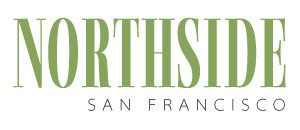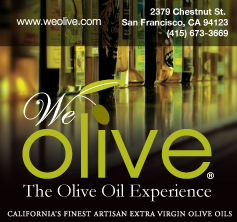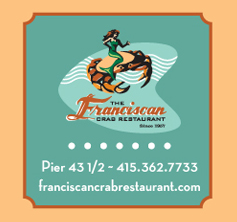
Camille Pissarro, The Marketplace, 1882, gouache on paper, 31¾ x 25½ in. Metropolitan Museum of Art, New York. painting: Courtesy of FAMSF
– Camille Pissarro
As one of the most prominent painters of the Impressionist period, Camille Pissarro was best known for his landscapes. In this exhibition, the public has the opportunity to glimpse a new view of Pissarro through his numerous works based on the human figure. Influenced by Millet, Pissarro disregarded the stylized classical approach to rendering the human form, and instead made each person a recognizable individual by accurately portraying facial features, dress and demeanor.

Camille Pissarro, The Harvest, 1882, tempera on canvas, 27 ¹¹/₁₆ x 49 ⁹/₁₆ in. National Museum of Western Art, Tokyo. painting: Courtesy of FAMSF
Pissarro was the only Impressionist who made figure paintings featuring domestic workers as a primary topic. He sought to represent service as a fundamental part of domestic life; not struggle, sweat and toil but hearty and agreeable work. It’s hard to imagine in our era why Pissarro’s paintings of servants and workers were viewed as controversial during his lifetime. Political, social and economic issues found their way into Pissarro’s subject matter because he was known to be an anarchist. He viewed all men, women and children as equal, perhaps not in their respective talents and physical beauty but in having equal rights to live without disgrace and poverty. His everyday scenes of the French countryside portray women in bonnets picking up apples beneath sprawling tree limbs that bathe them in dappled sunlight. Pissarro’s people are attractive and content, unhurried and healthy.
This exhibition features extensive paintings and drawings, affectionately rendered, of the artist’s wife and children. Included here are self portraits that Pissarro created later in life, many of them painted in his studio. During this era Pissarro stayed indoors and painted interiors because of the anti-Semitic mood in Paris during the political scandal known as the Dreyfus Affair.
Pissarro’s politics and paintings have been discussed separately until now. His profound knowledge of political philosophy informs his art more than any other artist of his era. Socioeconomic ideals and belief in equality for all are easy to sense beneath his subject matter; we feel them in the domestic tranquility of his family portraits, in the paintings of the marketplace, and in the renderings of fields where farmers do not so much labor as treasure their simple, honest existence.
The artist’s explorations in Impressionism and figurative art paved the way for future artists, most notably Gauguin, Cezanne and Van Gogh. Pissarro’s People represents a tremendous collection of work never before seen together combined with a history of the artist and his era that enlightens, entertains, and sheds new meaning on a well-known painter.
Pissarro’s People: Palace of Legion of Honor, 100 34th Avenue (at El Camino Del Mar) through Jan. 22, 2012; adults $15, seniors $12, students $11, youths 6–17 $10, members and children 5 and under free; 415-750-3600, www.famsf.org








